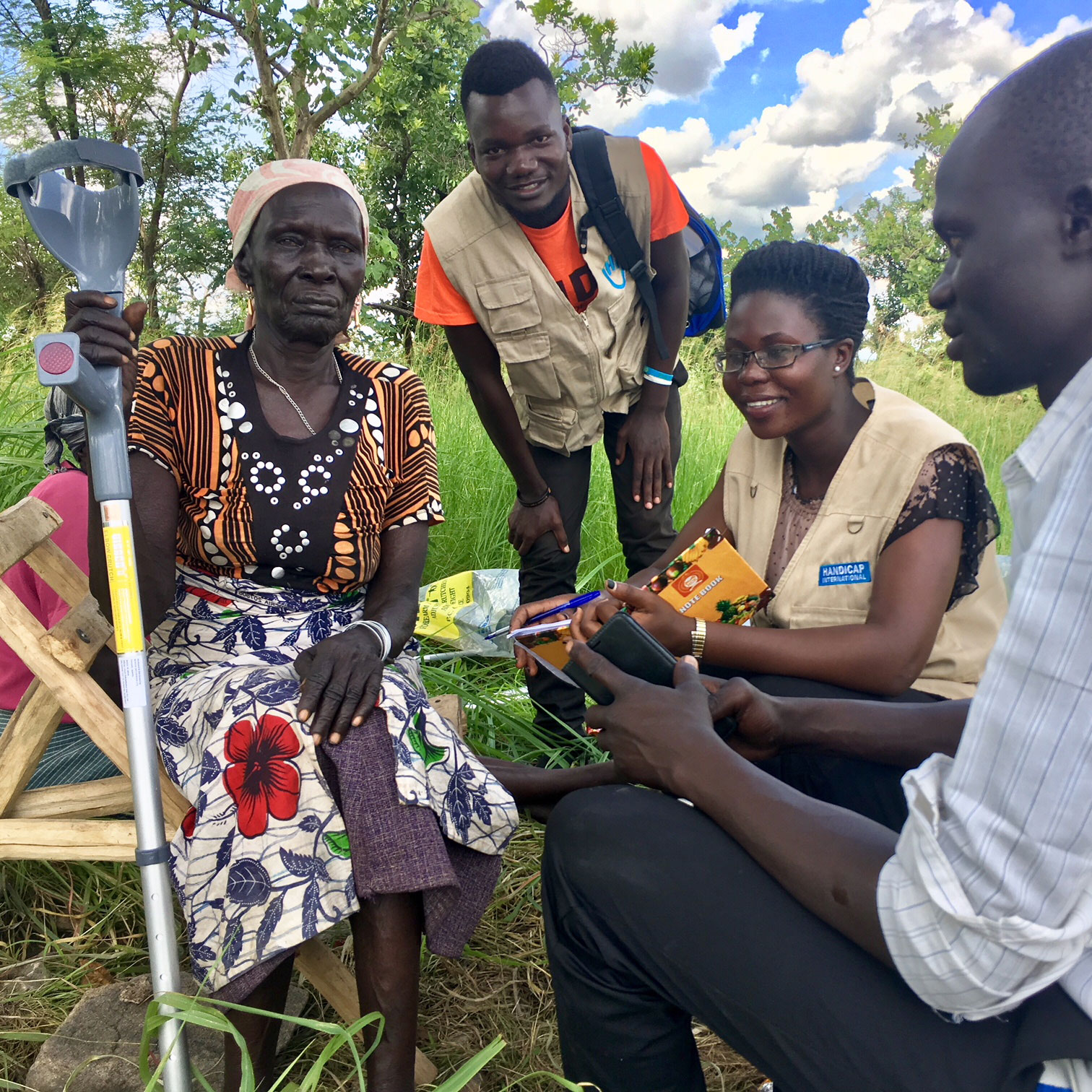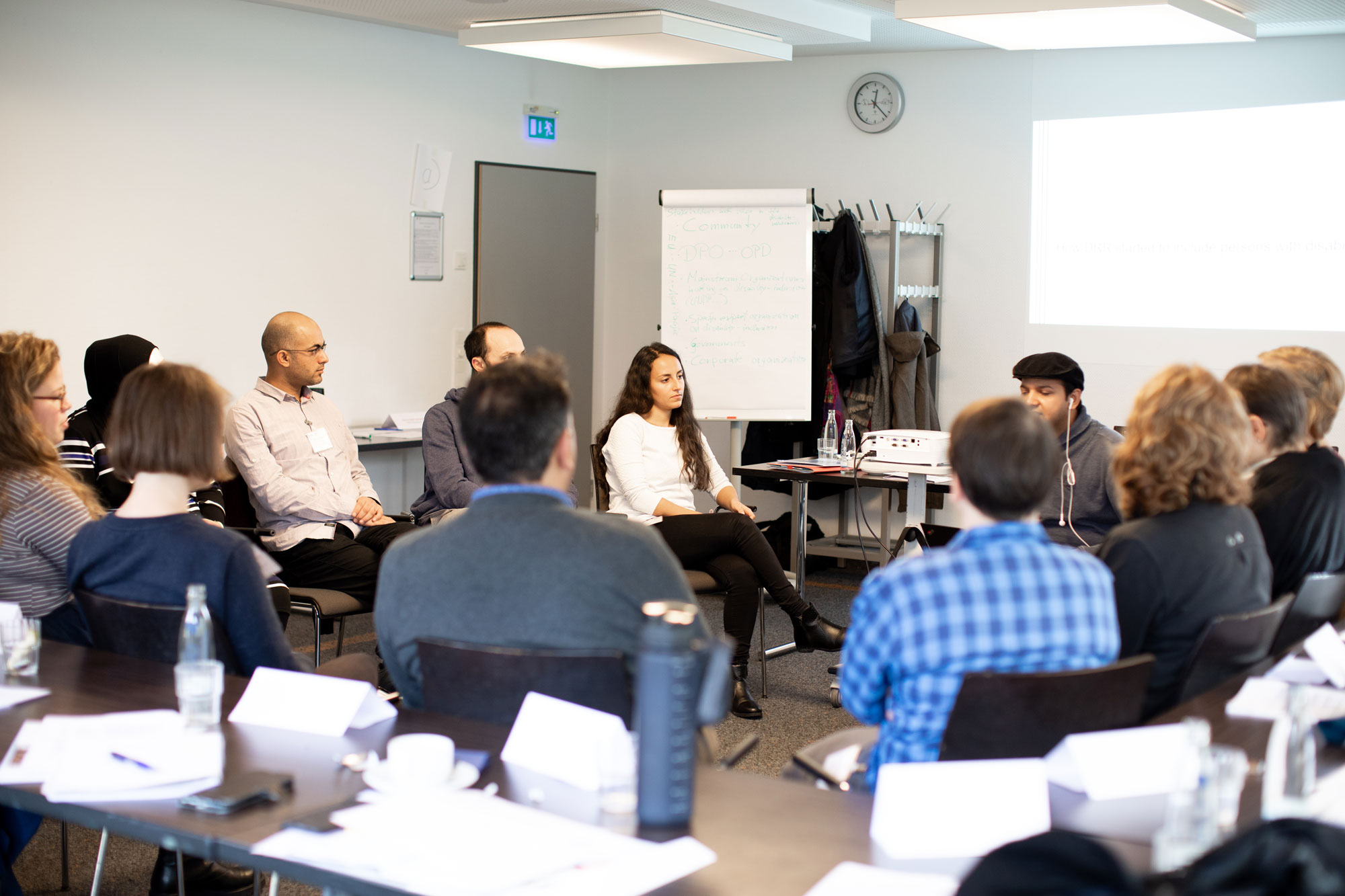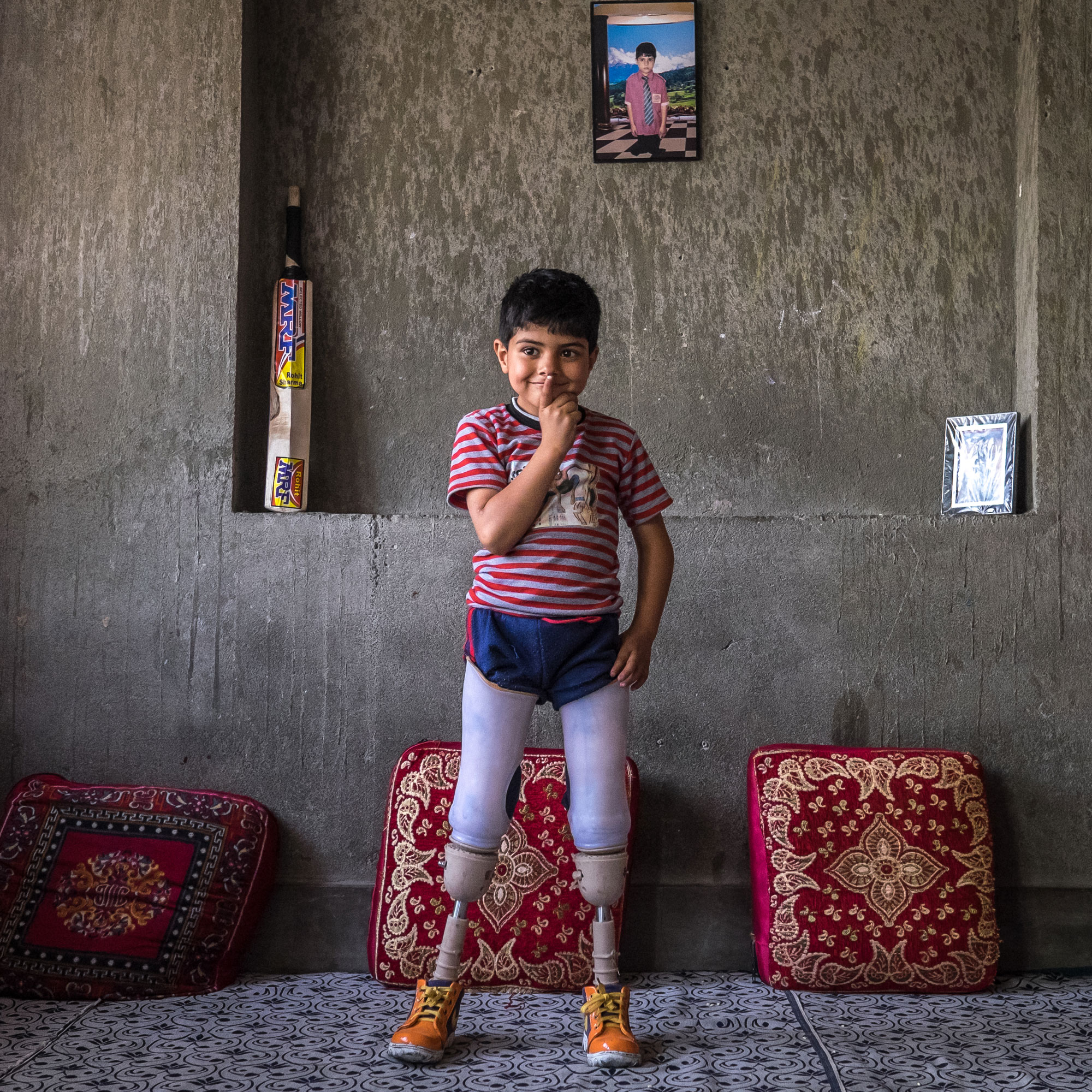
© Ryan Duly
About the Project
During humanitarian crises, persons with disabilities are often excluded from relief efforts. Environmental, institutional and attitudinal barriers prevent them from accessing humanitarian action. Hence raising awareness in a comprehensive way and building professional capacities in order to mainstream inclusion in humanitarian action is absolutely necessary.
Our Goal
We support an equal and effective participation of persons with disabilities in humanitarian action. The protection and safety of persons with disabilities of every gender and age is a humanitarian and human rights duty.
Our goal is to strengthen disability inclusion within humanitarian action as well as support and scientifically document change processes of state and civil society actors.
What we Do
In phase 2 (2018-2021) we want to build onto these achievement. We support the development and finalisation of global guidelines, promote capacity building for German actors and their local partners and carry out an applied accompanying research on change processes.
Important developments were already made in Germany during the first project phase 1 (2016-2018) thanks to its provision of various seminars and technical support.
These Were Our Three Starting Points
A
Lack of international guidelines and coordination for inclusive humanitarian action
B
Raised awareness, however, only few operational capacities of German humanitarian actors and their local partners for inclusive humanitarian action
C
Lack of scientific evidence for success factors of change processes in civil society organisations
This Is Our Target Group

The project's target group includes both the staff of and the state and civil society humanitarian actors themselves. The project is primarily targeting humanitarian actors that are not specialised in disability inclusion. Persons with various disabilities who are affected by humanitarian emergencies form the indirect target group of the project.

© Laura Thomas
What We Have Achieved

© Lucas Veuvel
The project "Phase 2 - Leave no one behind!" has achieved the following successes from 2018 to 2021:
- supported the finalisation and publication of the IASC Guidelines on "Inclusion of Persons with Disabilities in Humanitarian Action" and translated it into Spanish and French;
- provided financial and technical support to a total of 7 events to disseminate the IASC Guidelines, reaching approximately 945 participants;
- with 27 training(-inputs), i.e. 7 in-house, 5 sector-specific, 2 regional and 13 inputs in external trainings, we reached a total of 158 organisations, or 216 organisations accounting for the different national associations;
- a total of 698 participants took part in our trainings, including many people who took part in more than one training;
- provided technical support to 13 organisations and conducted 7 in-house trainings; 5 organisations participated in coaching
- conducted 11 university lectures and reached more than 237 students;
- placed the topic of disability at 7 humanitarian action and disaster preparedness events and reached approximately 851 participants;
- published 2 case studies on disability inclusion in Cox's Bazar, Bangladesh and South Sudan, as well as two academic articles.
More information on our achievements and project activities of Phase 2, are available in our project review.